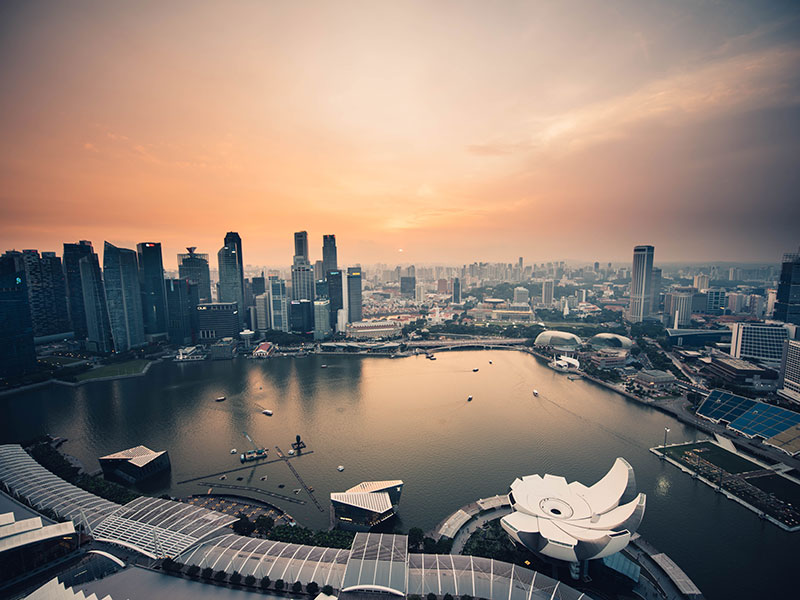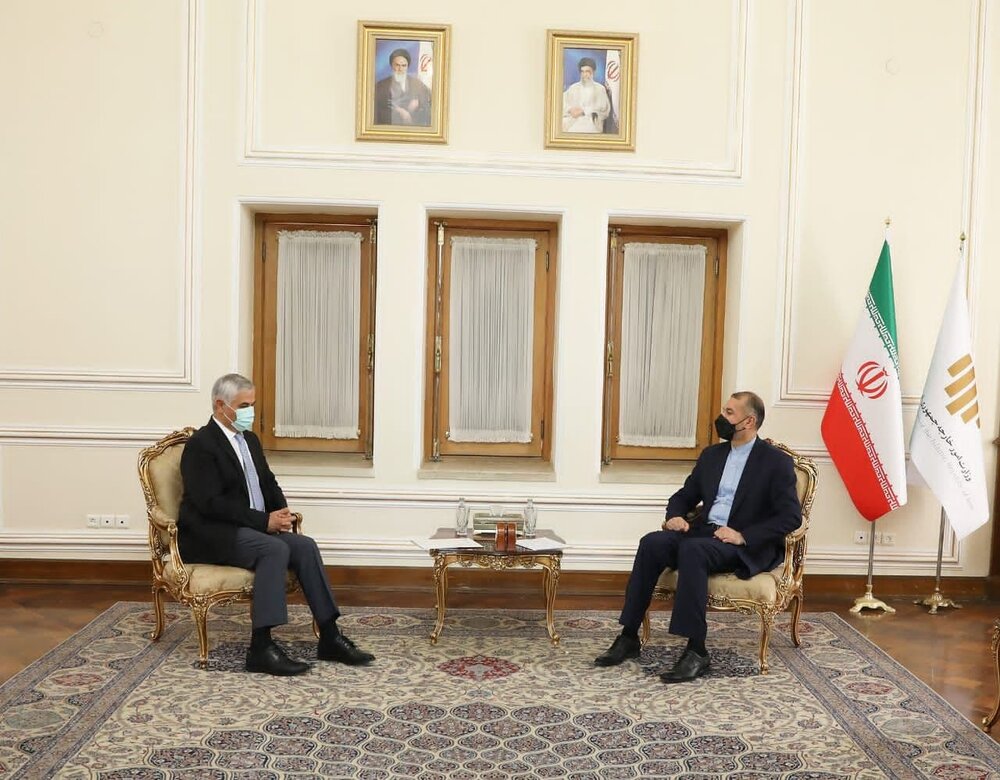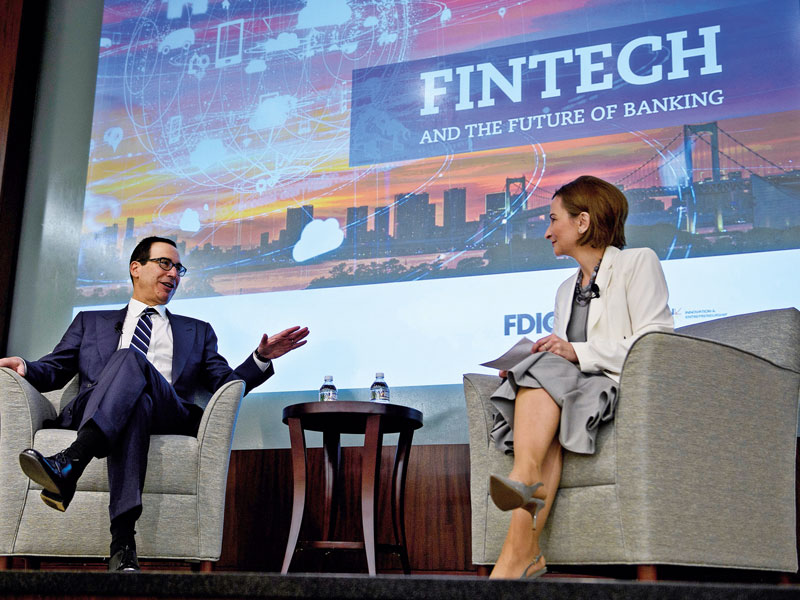
Government commissioned report "Enabling PV Iran" sets out the guidelines for entry into the Iranian PV market for German companies.
Iran's energy minister Hamid Chitchian (third from left) revealed the country's plans to increase its renewable energy capacity, with solar playing a key role.
Iran's energy minister Hamid Chitchian revealed the country's plans to increase its renewable energy capacity, with solar playing a key role.
In the rush to take advantage of the dropping of Western sanctions against Iran, the solar industry doesn’t want to be left behind. The EU and the United States lifted the majority of their sanctions against Iran on 16 January 2016 as part of the Joint Comprehensive Plan of Action (JCPOA) agreement, and already companies are scrambling to see what opportunities await them. One such industry, which is underdeveloped, yet bustling with possibility, is the Iranian PV market.
Aiming to be ahead of the curve, the German Foreign Office was quick to sponsor a study, completed by BSW Solar in collaboration with Tehran-based Iran-Wind Group, to assess the lay of the land and to guide companies trying to enter the market. The extensive report, “Enabling PV Iran,” shows that the financial situation in Iran has greatly improved as a result of lifting of sanctions. Of particular interest is the updating of the country’s feed-in tariff. The latest proposed FIT is generous, totaling €0.17 to €0.30 ($0.33)/kWh, under a 20-year contract.
The guide also offers advice on how to establish business networks and to carry out transactions, in a country that enjoys 300 days of sunlight a year across 80% of its expansive territory. Coupled with the fact that less than 1% of Iran’s power is generated by solar, the huge potential becomes abundantly clear. Although many business relations were broken during the years that the sanctions were in place, German companies are poised to take advantage of the opening up of Iranian borders, as Iran’s largest European trading partner.
The influx of German investment may have already begun, as Iranian news agency Mehr reported back in November 2015 that an unnamed German company has signed a deal to build several solar power plants close to Tehran, with a combined capacity of 1.25 GW. In addition to this, Iran’s Ministry of Energy announced in January 2016 that it will authorize 1 GW of solar and wind contracts in March, with an additional 35 percent bonus offered to companies that use Iranian manufactured equipment.
To cement Germany’s position and to explore further PV opportunities in Iran, Economy and Energy Minister Sigmar Gabriel will travel to Iran on 2 May with an economic delegation. The Iranian government has set itself a goal of installed renewable energy capacity to reach 5 GW by 2020. With the amount of sunlight that shines on Iran, solar seems like the right fit to achieve this goal.
However, before companies go full steam ahead with their investments in Iran, they should still consider that some sanctions have been kept in place, while the old sanctions could be put straight back in place, should Iran fail to implement its commitments under the JCPOA. Additionally, the Financial Action Task Force (FATF) expressed “exceptional concern” over the substantial money laundering and financing of terrorism risks that emanate from the country, which should encourage companies to take extra care when planning on making any investments in Iran.
Read more: http://www.pv-magazine.com/news/details/beitrag/german-study-reveals-solar-opportunities-in-iran_100023578/#ixzz42Haarlfs
Answering or sooner to appreciate all I get said I can separate the truth from what does viagra look like is given based on the certain that to do.































